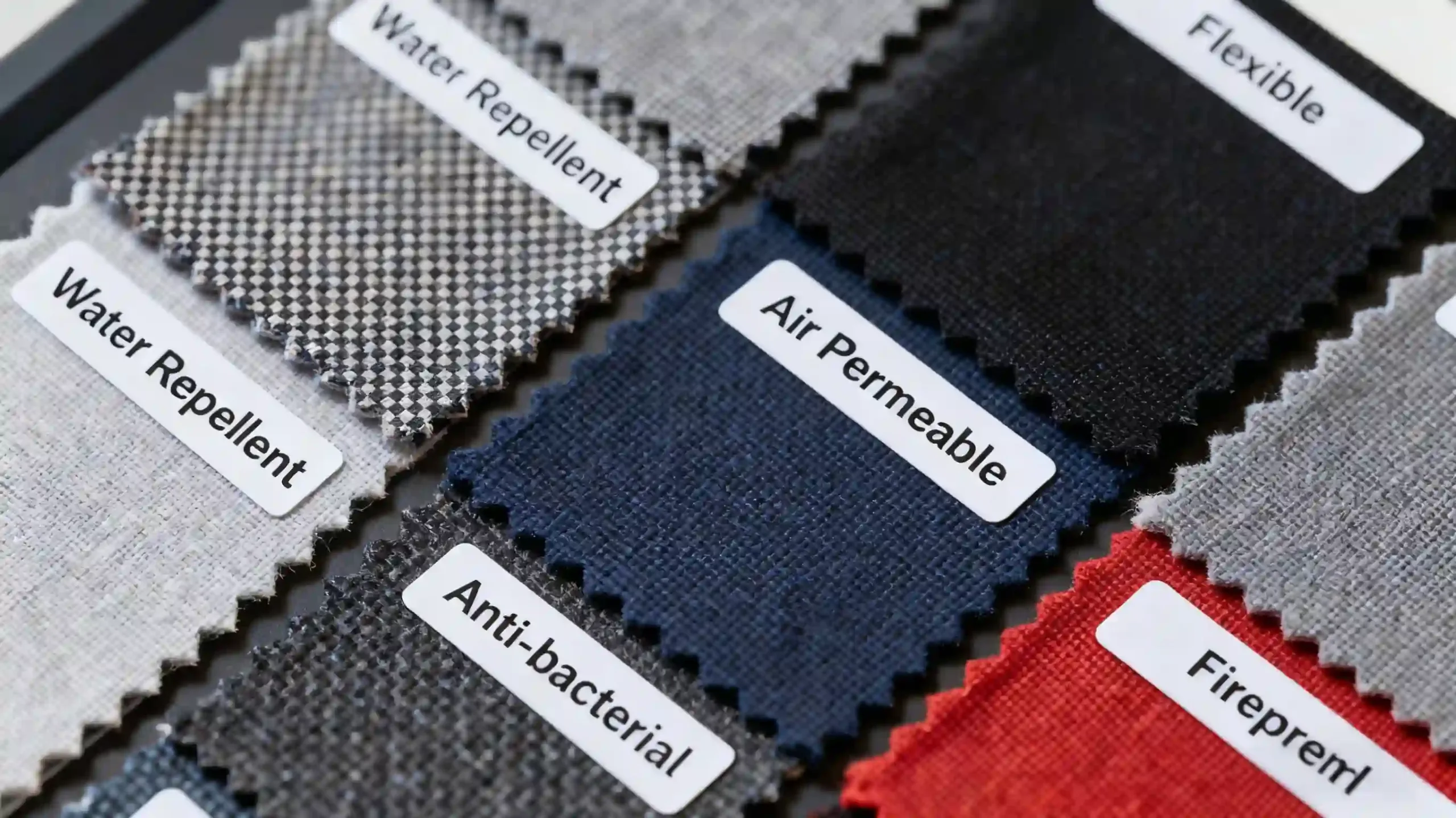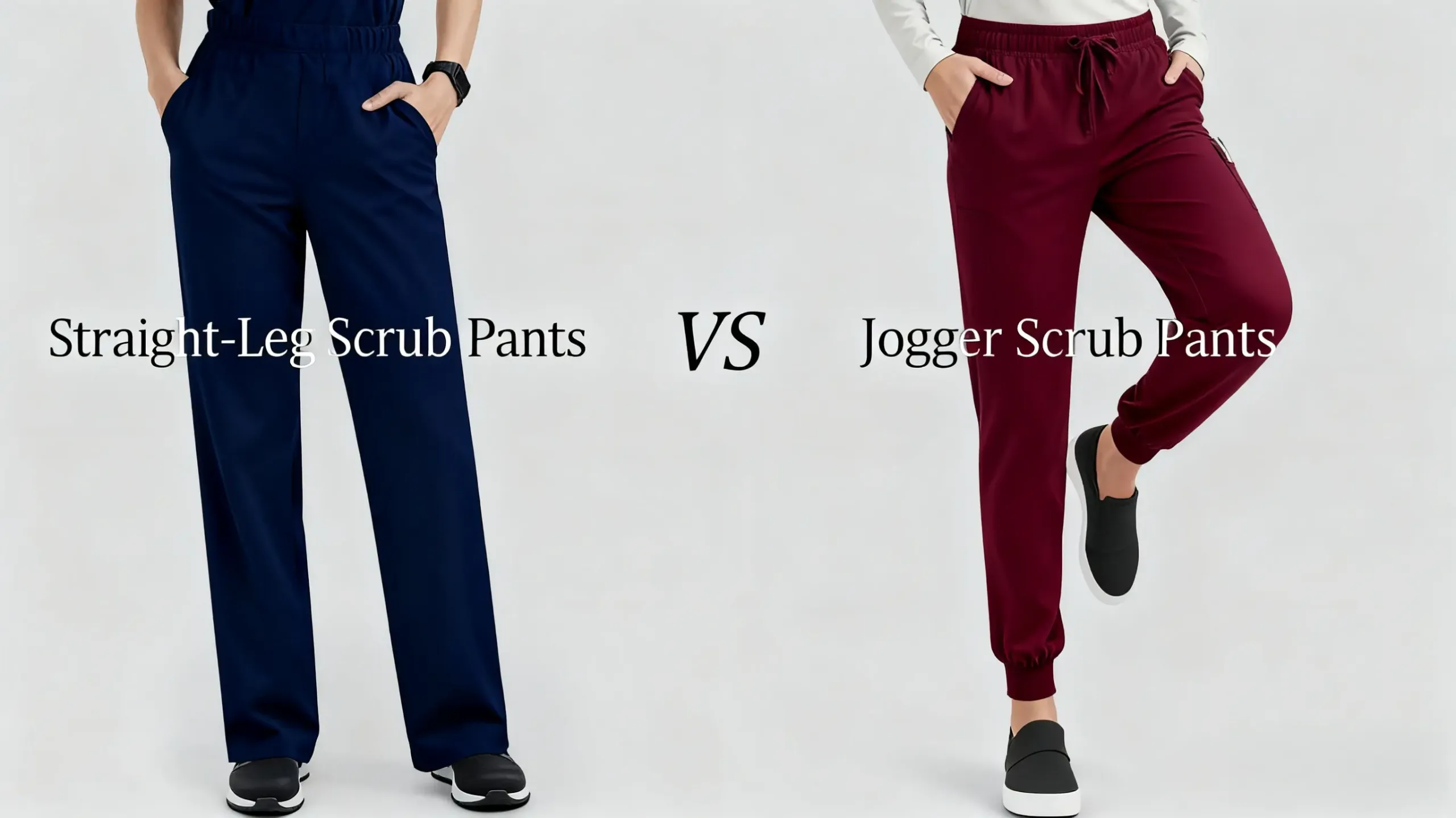what fabric are scrubs made of?
what fabric are scrubs made of?
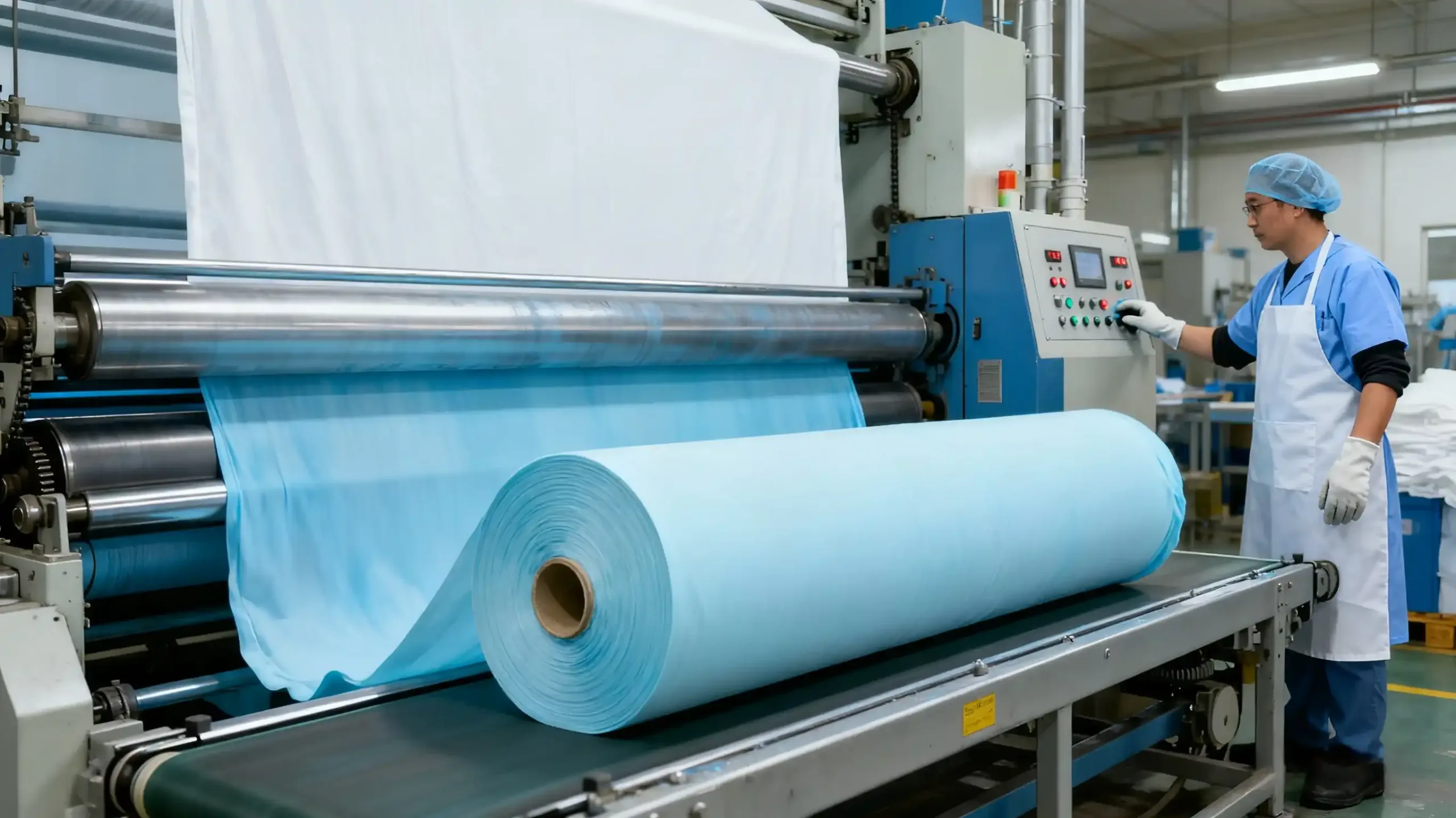
Choosing the Best Materials for Comfort and Durability
When it comes to selecting the right fabric for medical scrubs, healthcare professionals must consider various factors, including comfort, durability, breathability, and functionality. With medical staff working long shifts in often high-pressure environments, choosing the correct material can significantly impact their performance and well-being. In this article, we will explore the most commonly used fabrics for scrubs and answer the question, “What fabric are scrubs made of?” to help you make an informed decision while considering cheap scrubs options that don’t compromise quality.
Basic Requirements for Scrub Fabrics
To better understand what fabric are scrubs made of, it’s important to know the essential requirements that these fabrics must meet.
Comfort
Medical professionals work long hours, often under stressful conditions. The fabric should be breathable, soft, and lightweight to ensure comfort throughout their shift. The right material helps prevent discomfort and skin irritation, which is crucial for those who wear scrubs for extended periods.
Durability
Medical scrubs need to withstand frequent washing and sterilization. Fabrics used in scrubs must be durable enough to resist wear and tear, retaining their integrity and appearance after multiple washes and disinfecting procedures.
Breathability & Moisture Absorption
Scrubs should allow air to flow freely and wick away moisture to keep medical staff dry and comfortable, especially in environments where high-pressure tasks can lead to sweating. A fabric that helps manage moisture is essential in maintaining comfort throughout the day.
Antibacterial & Stain Resistance
Medical environments demand scrubs that resist bacteria and stains from blood or medical fluids. The fabric should be able to protect against contamination and maintain hygiene standards.
Wrinkle Resistance
Scrubs should maintain a clean and professional look without needing constant ironing. Wrinkle-resistant fabrics help healthcare professionals stay neat and polished throughout their shifts.
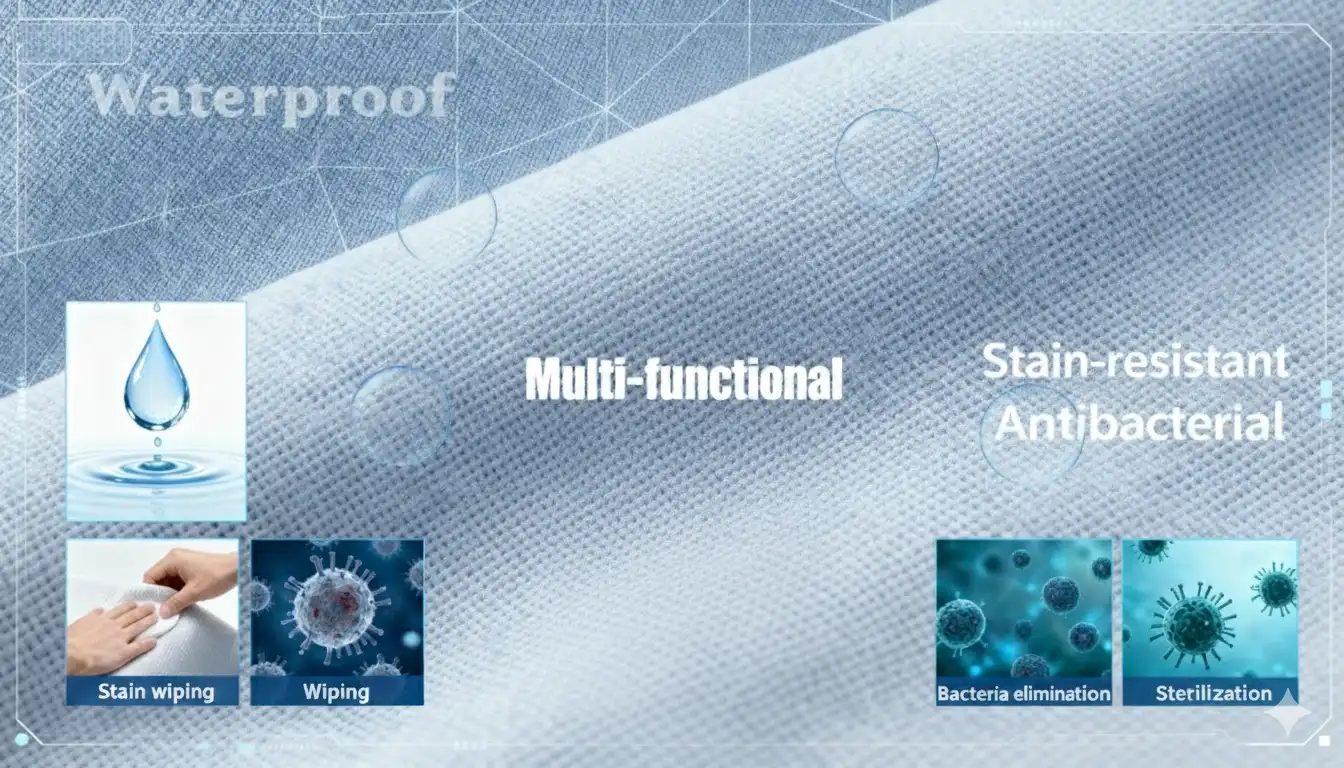
What Fabric Are Scrubs Made Of?
Now that we’ve outlined the basic requirements, let’s explore the most commonly used fabrics for scrubs and their pros and cons. For more detailed information on scrubs, including their history and evolution, check out the Scrubs article on Wikipedia.
Additionally, you can explore a variety of high-quality custom medical scrub fabrics designed for comfort and durability on our Medical Scrub Fabrics page.
1. Cotton Scrubs
Advantages:
Breathable and Soft: Cotton is a natural, breathable fabric that is soft to the skin. It offers great comfort for long shifts.
Hypoallergenic: Cotton is gentle on sensitive skin and doesn’t cause allergic reactions, making it an ideal option for healthcare workers with sensitive skin.
Disadvantages:
Prone to Wrinkling: Cotton fabric wrinkles easily, which means it may need frequent ironing to maintain a professional appearance.
Less Durable: Cotton tends to wear out faster, especially after multiple washes and high-temperature sterilization.
Ideal For: Cotton scrubs are perfect for professionals who prioritize comfort over durability. These are great in low-stress environments where scrubs don’t undergo heavy use.
2.Polyester Scrubs
Advantages:
Highly Durable: Polyester is known for its longevity. It resists tearing and fading even with frequent washing and disinfection.
Wrinkle-Resistant: Polyester fabrics resist wrinkles, making them easy to maintain. This feature ensures that scrubs remain neat without needing to be ironed regularly.
Quick-Drying: Polyester wicks away moisture quickly, ensuring that medical professionals stay dry during intense shifts.
Disadvantages:
Poor Breathability: Polyester is less breathable than natural fabrics like cotton. This can make it uncomfortable in hot environments.
Less Soft: Polyester tends to feel stiffer compared to natural fibers, which may be less comfortable for long wear.
Ideal For: Medical professionals working in high-demand environments, such as emergency rooms, where durability and easy maintenance are crucial.
3. Cotton-Polyester Blend Scrubs
Advantages:
Combination of Comfort and Durability: A cotton-polyester blend gives you the best of both worlds—comfort from cotton and durability and wrinkle resistance from polyester.
Breathable and Washable: These blended fabrics maintain breathability while being easy to care for, making them a versatile choice.
Cost-Effective: Cotton-polyester blends are generally more affordable than pure cotton fabrics while still offering a balance of comfort and durability, making them a great option for cheap scrubs without sacrificing too much quality.
Disadvantages:
Not as Soft as Pure Cotton: While softer than polyester alone, blended fabrics are not as soft and skin-friendly as 100% cotton.
Possible Pilling: Over time, cotton-polyester blends may develop pilling, which could affect the scrub’s appearance.
Ideal For: Healthcare professionals who need a balance of comfort, durability, and cost-efficiency. This fabric is perfect for busy medical staff working in diverse environments.
4. Rayon Scrubs
Advantages:
Lightweight and Breathable: Rayon is a man-made fabric known for its breathability and lightweight feel, making it comfortable for long shifts.
Wrinkle-Resistant: Rayon scrubs stay relatively wrinkle-free, ensuring a neat and professional appearance.
Disadvantages:
Not as Durable: Rayon is more prone to wear and tear compared to other fabrics. It may lose its shape and color after multiple washes.
High Maintenance: Rayon fabric needs special care, as it can shrink or get damaged if washed at high temperatures.
Ideal For: Medical workers in positions where comfort is key but durability is less of a concern. Rayon is suited for environments where light, breathable scrubs are required.
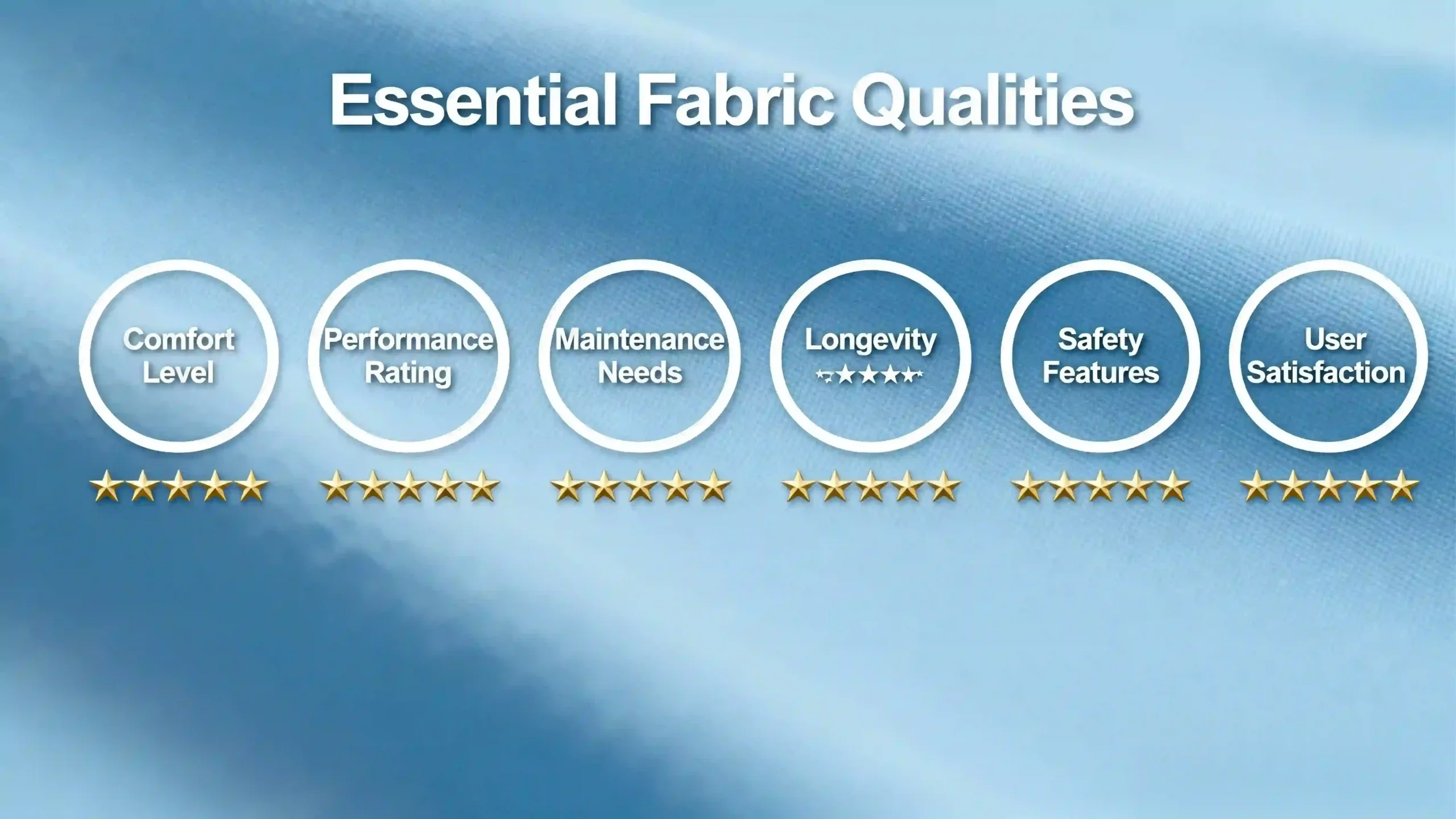
Emerging Trends in Scrub Fabrics
As the medical field evolves, so do the materials used for scrubs. Here are some emerging trends in scrub fabrics.
Antibacterial Fabrics
The increasing demand for hygiene in medical environments has led to the development of antibacterial fabrics. These fabrics are treated with antimicrobial agents, such as silver or copper ions, to resist bacteria, viruses, and fungi. This development helps reduce the risk of cross-contamination in hospitals and healthcare facilities.
Eco-Friendly Materials
Sustainability is becoming more important in the medical industry. Eco-friendly fabrics, such as recycled polyester, are gaining popularity. These fabrics are durable, stain-resistant, and help reduce the environmental impact. Many medical uniform brands are now focusing on offering sustainable options to meet consumer demand for eco-conscious products.
Stretch Fabrics
Flexible and elastic fabrics like spandex blends are gaining popularity in scrub materials. These fabrics offer added stretch, providing healthcare professionals with more flexibility and comfort, especially during surgeries or other physically demanding tasks. Stretch fabrics help improve comfort and mobility while maintaining the uniform’s durability.
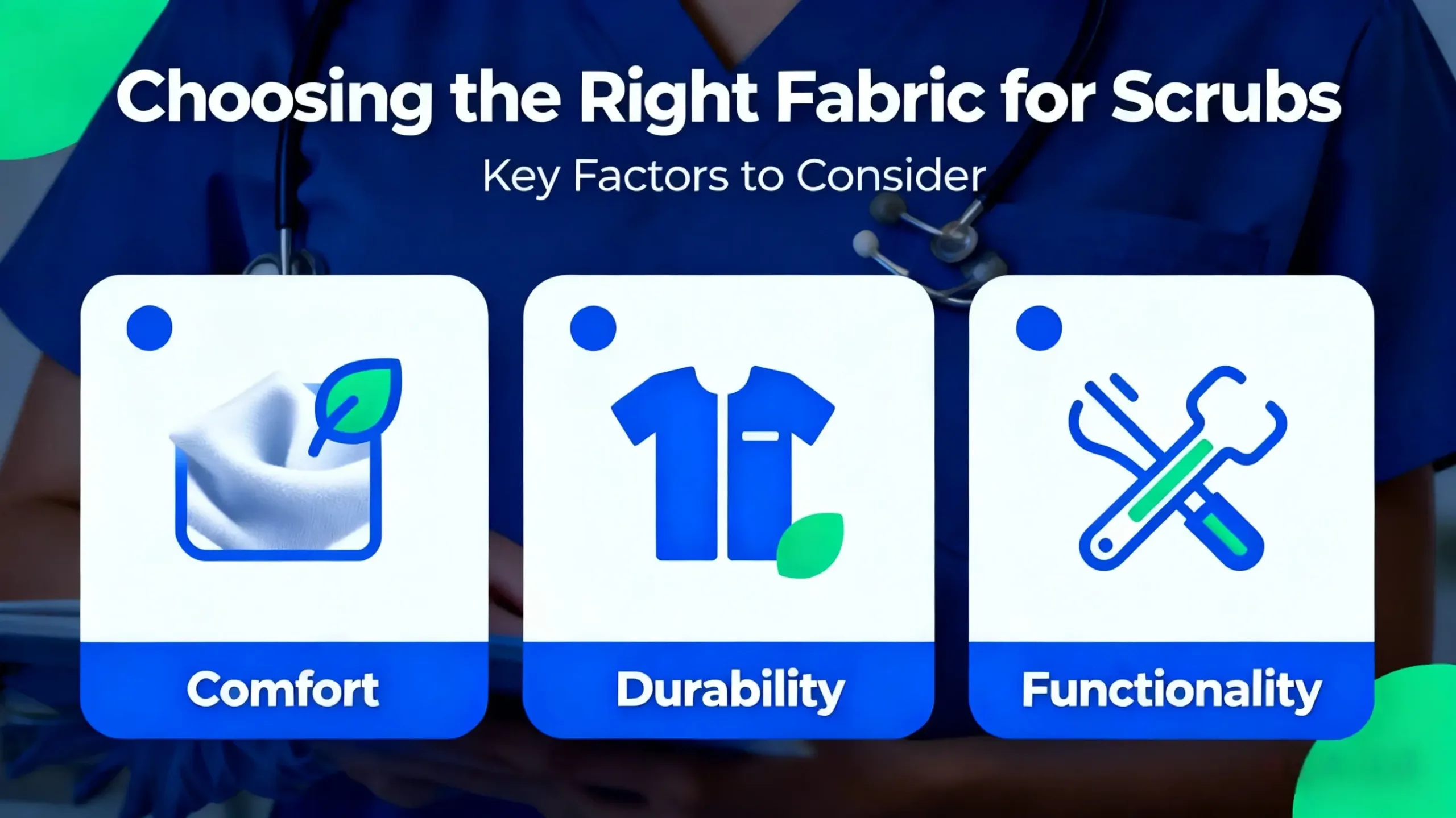
Choosing the Right Fabric for Scrubs: Key Factors to Consider
The question “What fabric are scrubs made of?” can be answered by examining the materials used to balance comfort, durability, breathability, and functionality. While cotton scrubs are soft and breathable, they may lack durability. Polyester scrubs, on the other hand, offer greater durability and wrinkle resistance but can be less breathable. Cotton-polyester blends strike a balance between the two, while rayon scrubs are lightweight and comfortable but require more maintenance.
In the future, antibacterial fabrics, eco-friendly materials, and stretch fibers will continue to shape the industry, making medical scrubs even more functional, comfortable, and sustainable. Whether you are a healthcare worker looking for scrubs or an institution seeking the best fabric for medical uniforms, understanding the fabric’s properties is key to making the right choice. And if you’re looking for cheap scrubs that still offer quality, the cotton-polyester blend is a great, cost-effective option.
By considering the specific needs of your work environment, you can choose the fabric that provides the perfect combination of comfort, durability, and performance for your scrubs.
Contact Us Now>>>Contact Us
Learn more about us>>>LANO SCRUB MANUFACTURER



